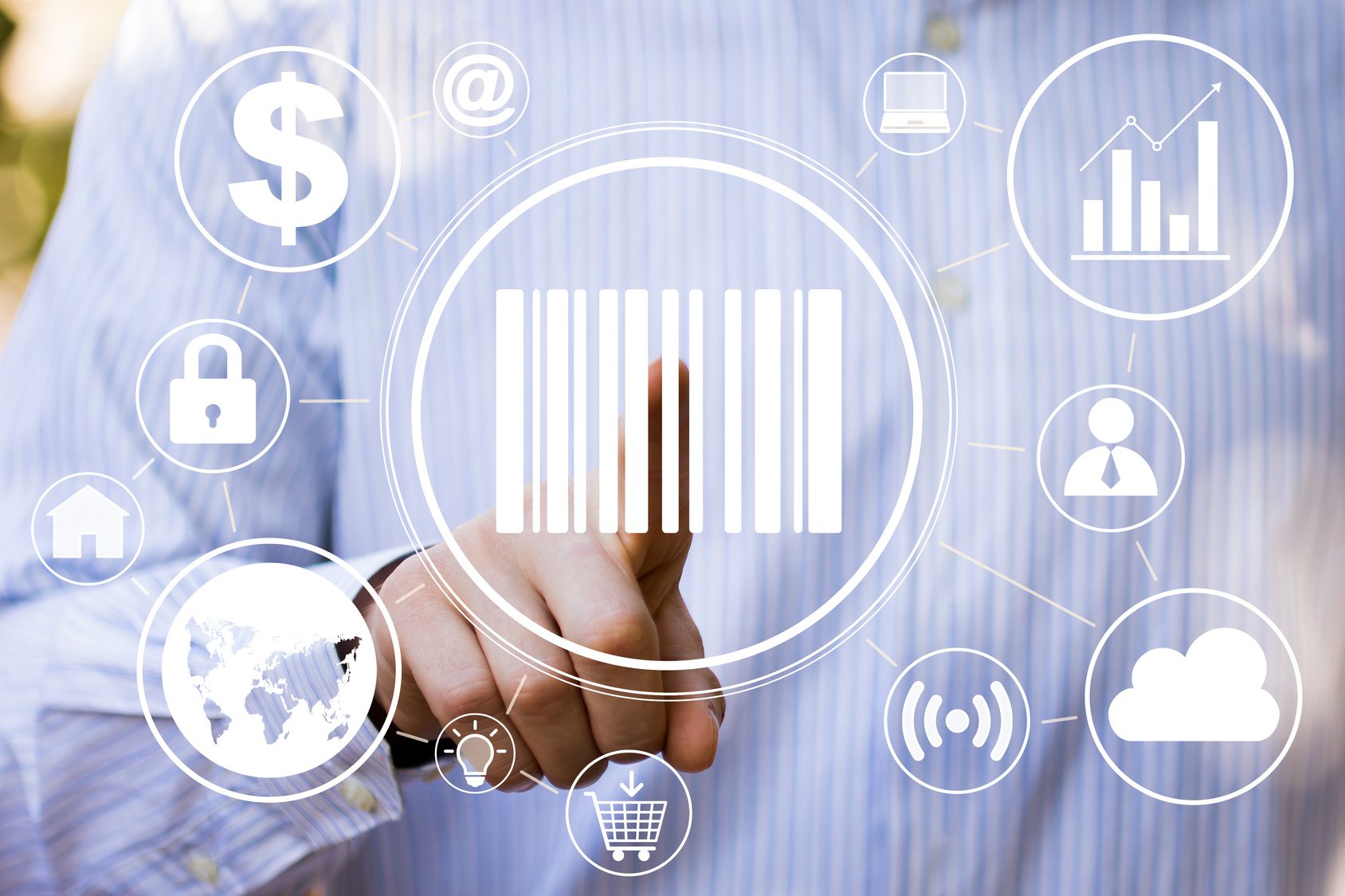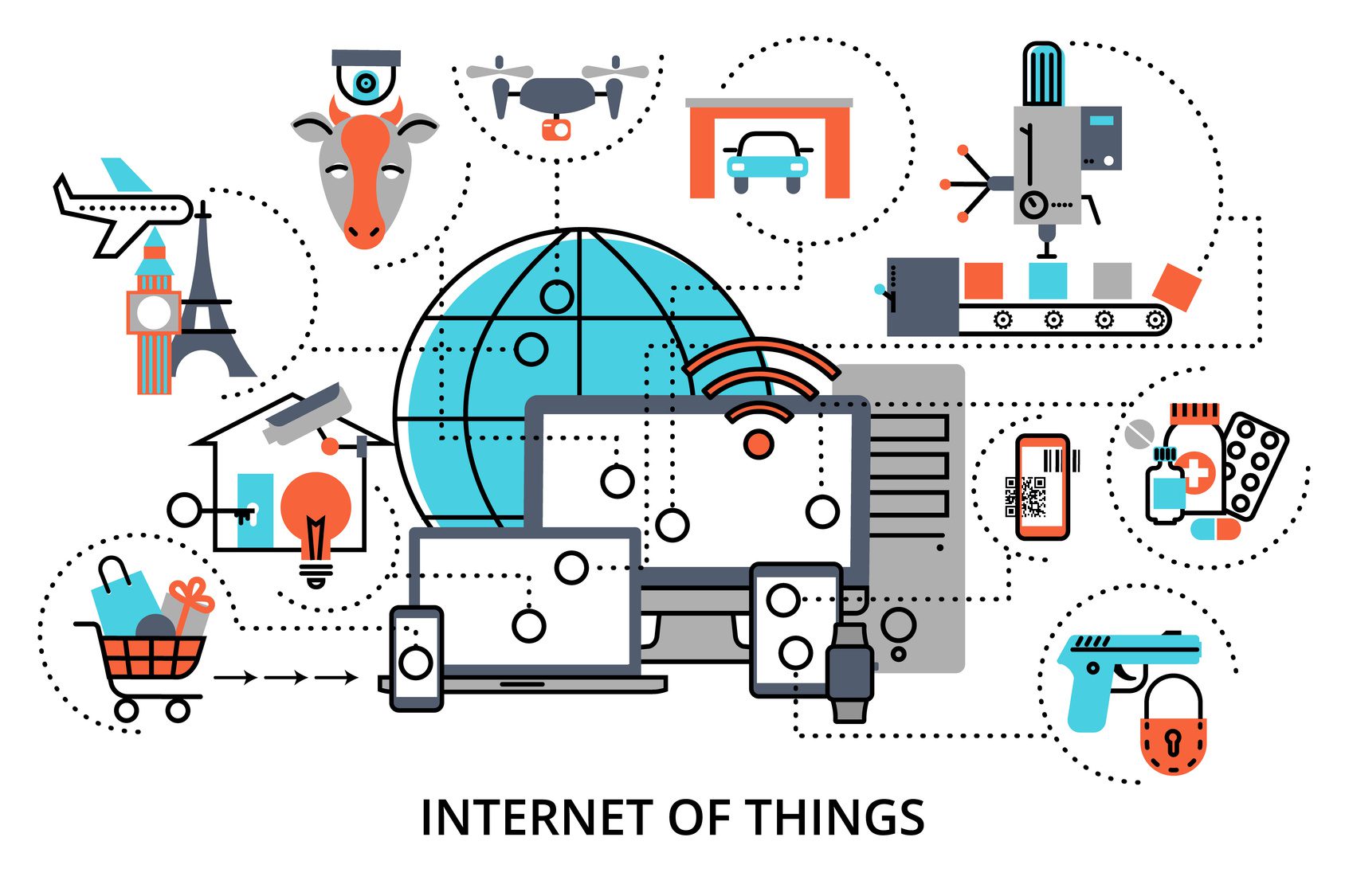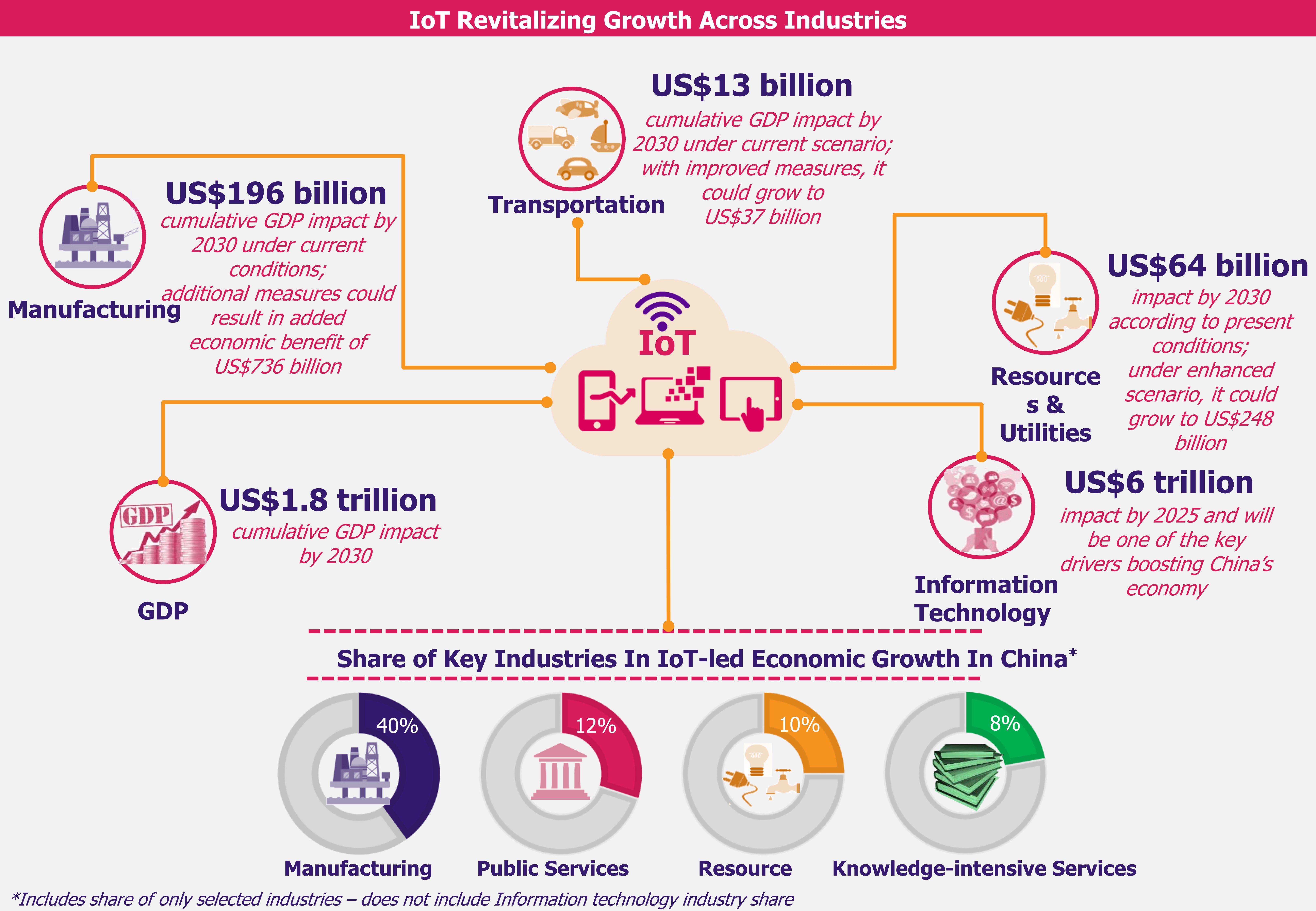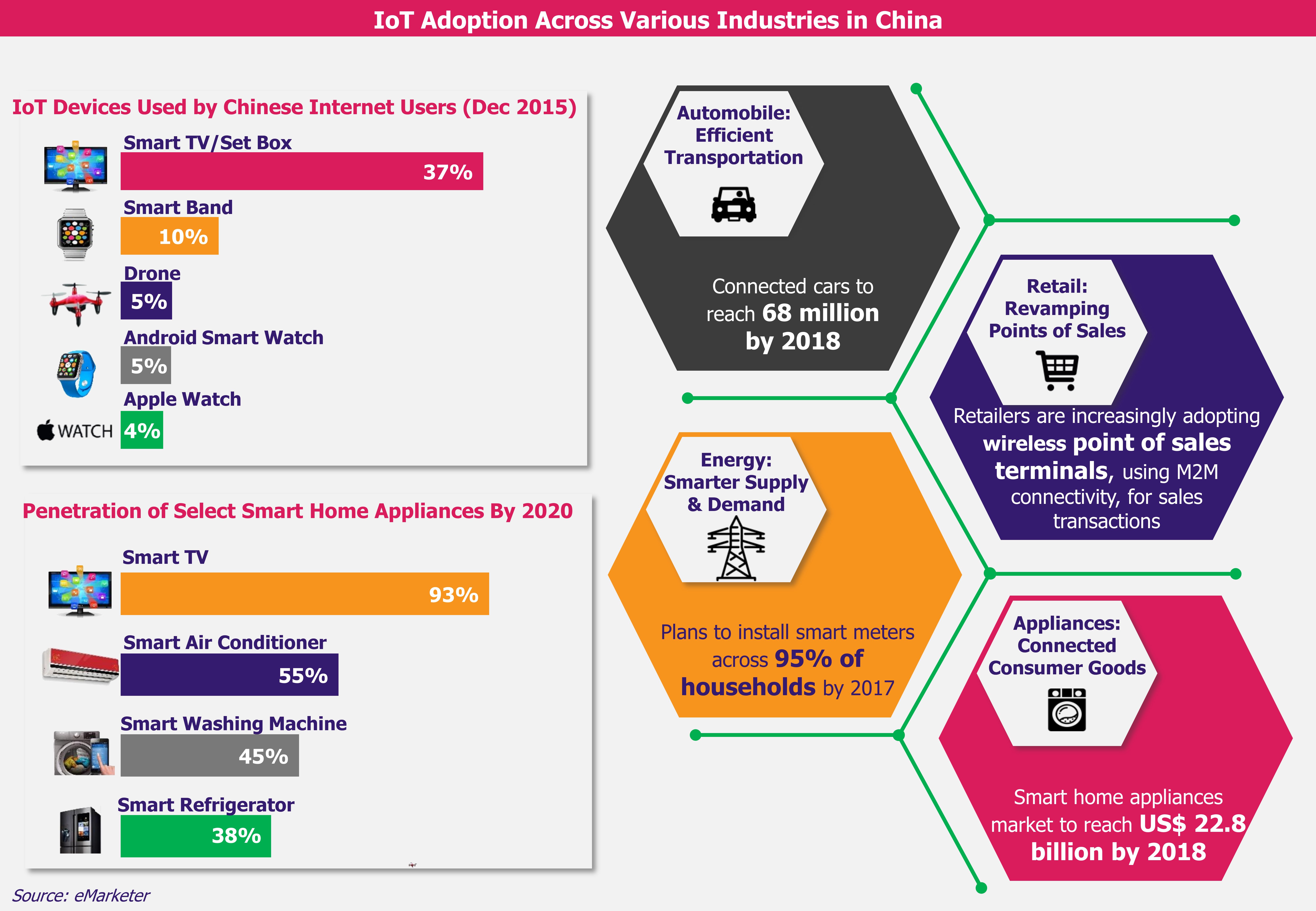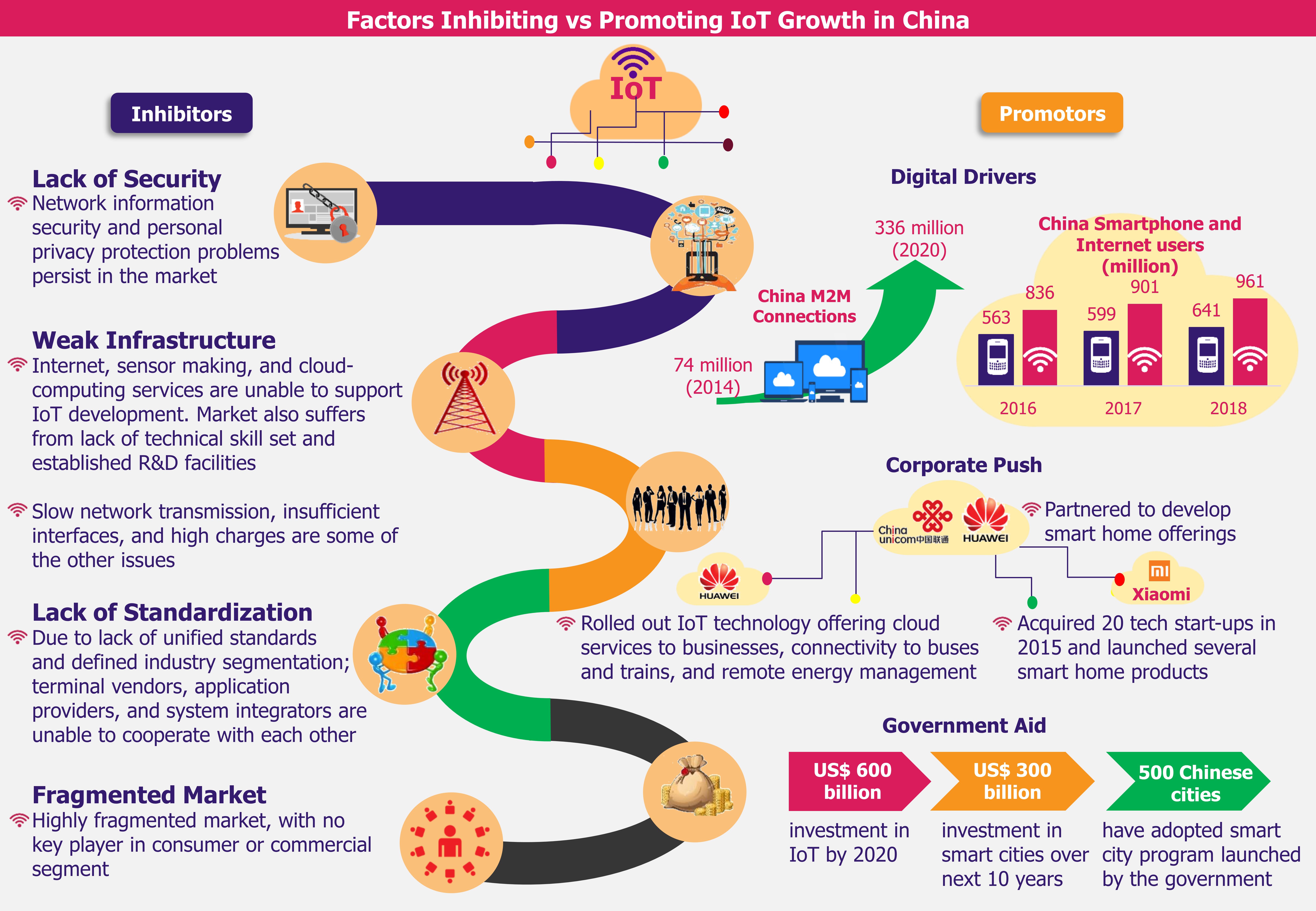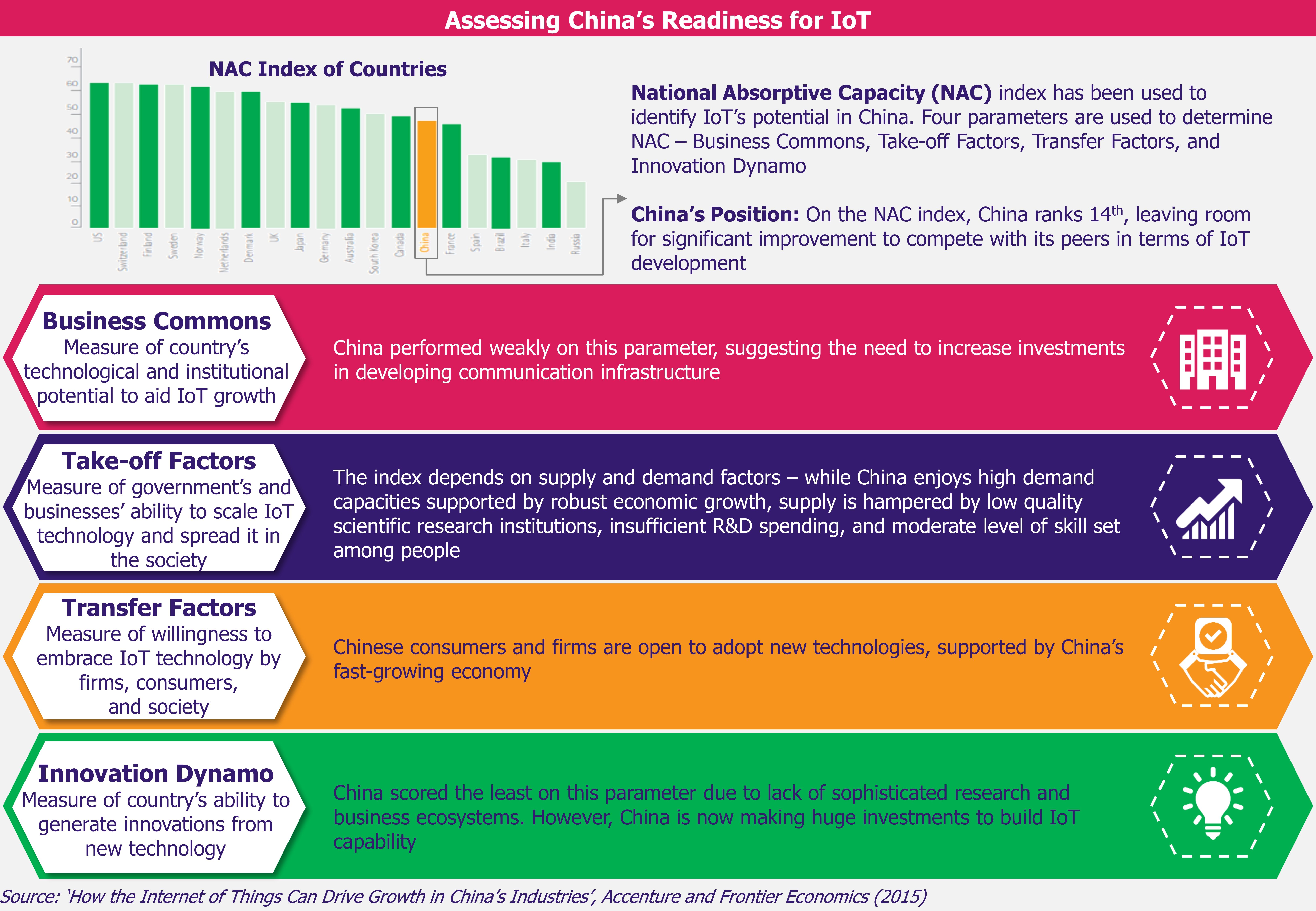Today, retail and technology have become inseparable, driven by the need to digitalize services to offer convenience to shoppers and elevate their shopping experience. Retailers are slowly shifting focus towards being phygital, and to digitalization of in-store experience, supported by disruptive technologies (social, mobile, cloud, and analytics) continuously transforming the face of retail sector.
Besides enticing customers and creating a unique shopping experience, digital retail integration is increasingly simplifying supply chain management, payment systems, and tracking of inventory and sales data, among others. Some retailers are using technology to get insights into hard-to-capture customer behavior data, which is then used to take effective measures to improve sales.
Clearly, technology has become an indispensable means to empower the retail sector and will continue to do it in 2017 with innovations such as Internet of Things (IoT), smart mirrors, big data analytics, chatbots, robotics, etc., sweeping every possible domain of retail.
By the end of 2017, insights captured using big data analytics will be increasingly used by retailers to devise business strategies, which is likely to help them to stay abreast of retail trends. Big data analytics are expected to play a key role in predicting sales and trends, conducting consumer sentiment/behavior analysis, forecasting demand, achieving price optimization, and devising customized promotions.
Interactive mirror, a smart mirror that helps to virtually try-on clothes, is an interesting digital retail innovation, which is likely to gain more popularity in 2017. Interactive mirrors’ application can be customized according to the needs of individual retailers. For example, companies such as Ralph Lauren (a US-based retailer) are using these mirrors to show consumers how a particular outfit will look during different times of the day by changing the lighting of the fitting room along with providing suggestions on accessories, which are displayed on the mirror, to encourage more purchase. Companies such as Lululemon (a Canadian athletic apparel retailer) are using interactive mirrors to suggest places to exercise and provide information on healthy living. These mirrors are not only a means to attract shoppers by offering unrivaled shopping experience, but can also be used to gather consumer behavior data. With the help of interactive mirrors, Rebecca Minkoff (a US-based luxury retailer of handbags, accessories, footwear, and apparel) store was able learn that a leather jacket was tried on 70 times in a week but never purchased. Most shoppers asked for different sizes using the interactive mirror, indicating that there was a fit issue.
Chatbots, another invention to continue gaining traction throughout 2017, act like a virtual concierge service, guiding customers through the shopping process, providing detailed information on product and stock level, and allowing shoppers to place an order and track it in real time. Chatbots are also a great tool for retailers to get insights on shoppers’ tastes and preferences – for instance, all first-time shoppers on Sephora’s (a French cosmetics manufacturer) chatbot are required to take a short quiz that helps the bot know about personal preferences of a user – this information is used to recommend products. The bot also provides reviews on certain products.
In 2017, IoT is likely to become an integral technology for the retail sector to build smart stores. IoT’s significance is expected to grow in retail with about 70% of retailers in the USA ready to adopt the technology in 2017, according to a survey conducted by Zebra Technologies. IoT will be the key to interconnect in-store smart devices and sensors with Internet, which will enable better data-driven business decisions and ease of operation.
For the past couple of years, big box retailers such as Staples, Walgreens, Amazon, and Gap have been using robots for warehousing and logistics operations, but 2017 is expected to witness an increasing implementation of robotics for customer facing in-store operations as well. While use of robotics for distribution center operations will still hold importance, the launch of Amazon Go stores, Amazon’s robot-powered supermarkets, Lowe’s customer-assistance robots, etc., will increase foothold of robotics in front-end tasks such as customer assistance (we wrote about Amazon’s latest efforts to digitalize the grocery market it in our publication Amazon: Prepared to Digitalize Grocery Business in the USA? in April 2017). In the coming 5-10 years, robots can be expected to become an integral part of the complete retail value chain including both front-end and back-end operations.
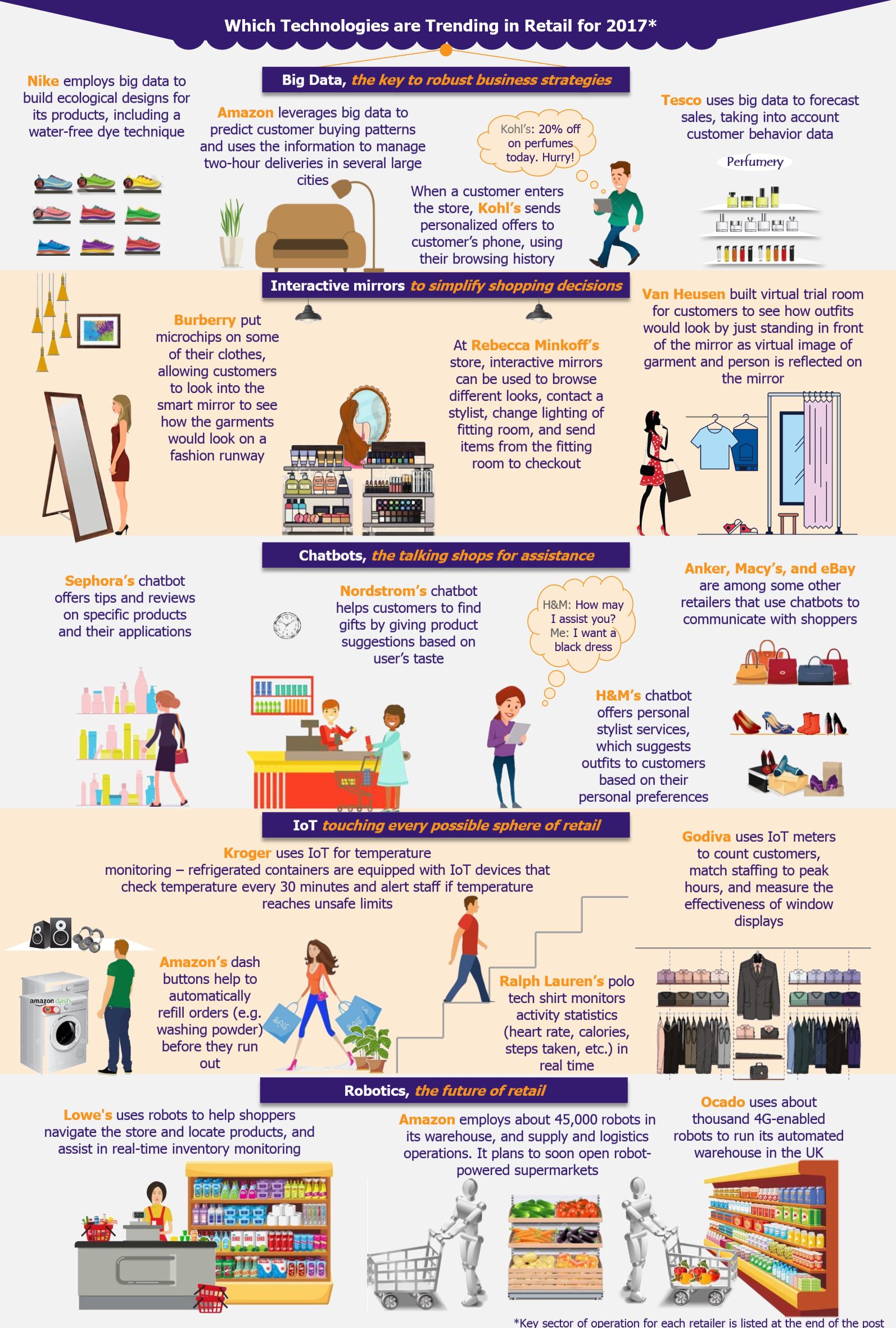
EOS Perspective
In the medium term, in-store shopping is not going to fade away due to competition from online retail, but instead it is likely to witness an upgrade with retailers enthusiastically integrating technology into physical stores. The key focus of all retailers in 2017 will be to enhance personalized customer interaction, offer innovative in-store experience that rivals the convenience of online shopping, and use the gathered insights on customer shopping patterns to conduct effective predictive analysis. To achieve these objectives, retailers are likely to use technologies such as big data, IoT, and robotics, and employ interesting innovations such as chatbots and smart mirrors to offer seamless services to attract customers as well as use these innovations to capture valuable insights on consumer behavior.
Over the years, technology has tremendously contributed to the success of retail sector – starting from browsing, point-of-sale, shipping, checkout, supply chain, to payments, and so much more. This will not change in 2017, as technology will continue to digitalize retail, with top retailers prioritizing technology to improve sales.
*key sector of operation for each retailer included in the infographic
- General merchandise: Amazon, Tesco, Macy’s, Kohl’s, and Kroger
- Footwear: Nike
- Fashion (apparel, fragrance, cosmetics, sunglasses, handbags, shoes, etc.): Burberry, Rebecca Minkoff, Nordstrom, Sephora, Van Heusen, H&M, and Ralph Lauren
- Electronics: Anker
- Online retailer: eBay, Ocado
- Food: Godiva
- Home Improvement/appliance: Lowe’s




